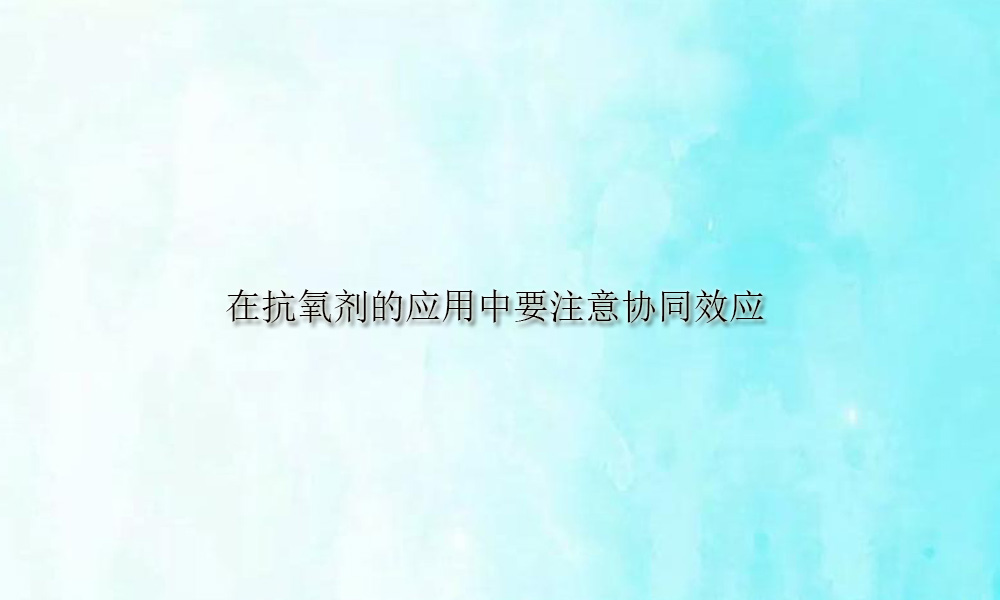
Antioxidants are a class of chemicals that, when present in only a small amount in a polymer system, can delay or inhibit the oxidation process of the polymer, thus Prevents the aging of polymers and extends their service life, also known as “anti-aging agents”.
In the application of antioxidants, we should pay attention to the synergistic effect. There are generally the following rules to follow:
1. Use primary and auxiliary antioxidants Used together, they can produce the strongest synergistic effect.
2. The combined use of main antioxidants is a combined system of free radical collectors with the same antioxidant mechanism but different activities. The principle is that the H atoms on the weaker free radical trapping agent are continuously transferred to the stronger free radical trapping group, so that the H atom concentration of the latter during the oxidation process remains unchanged, and the free radical trapping group can be fully exerted. The antioxidant effect of the collector.
3. Use antioxidants and carbon black together. The effectiveness of most amine and phenolic antioxidants decreases significantly in the presence of carbon black, possibly because carbon black directly catalyzes the oxidation of antioxidants and increases the rate of antioxidant consumption. Compounds containing sulfide bonds have a synergistic effect on carbon black, which is also related to the special chemical structure of carbon black.
4. The combination of antioxidant and ultraviolet absorber is a stable system that is light-resistant, heat-resistant and oxygen-aging. The combined use of UV absorbers eliminates the active products formed by antioxidants during light exposure and protects sulfides from decomposition.



 微信扫一扫打赏
微信扫一扫打赏
